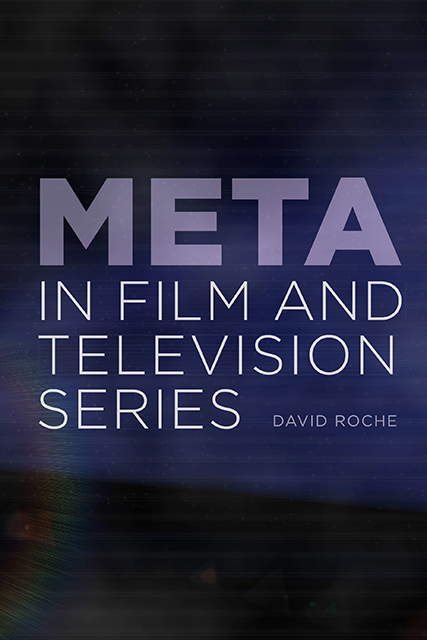Chapter 3 - When, Where and Possibly Why Did Meta Appear?
Published online by Cambridge University Press: 26 October 2023
Summary
A SHORT HISTORY OF REFLEXIVITY AND META IN FILM AND TELIVISION
The history of meta begins with reflexivity. Reflexivity is as old as film and television, but its history cannot be limited to those of each medium and industry, for it is inscribed within the broader history of reflexivity in all arts and media. Film historian Tom Gunning has identified anti-illusionism as a central component of the “cinema of attractions,” which “displays its visibility, willing to rupture a self-enclosed fictional world for a chance to solicit the attention of the spectator.” Films focusing on film-making and -viewing were produced in Hollywood as early as the 1910s. Responding to modernist precepts, the late silent era saw the rise of self-conscious and experimental filmmaking in avant-garde cinemas (Hans Richter, Luis Buñuel, Dziga Vertov, etc.), whose aim was to explore and theorize the new medium’s potential. These experiments influenced main-stream cinema to varying degrees, even in Los Angeles, so that reflexive devices found their way into the classical Hollywood cinema, most famously in Citizen Kane (Welles, 1941). In mainstream productions, reflexive devices have traditionally been more common in specific genres such as animation (the Felix the Cat short Comicalamities [Messmer, 1928] and the Tex Avery shorts of the 1940s), comedy and musicals because of their connection with vaudeville (Hellzapoppin’ [Potter, 1941] is a case in point), or in a genre like horror in which the gaze is a central motif (Peeping Tom [Powell, 1960]). They were present in early television because of the medium’s debt to radio and theatre (The George Burns and Gracie Allen Show [CBS, 1950–8] is one example). “Self-consciousness” and “commentary” became central features of the art cinema that emerged after World War II, and reflexivity in film proper was associated more specifically with the 1960s European (post) modernist cinema (Ingmar Bergman, Federico Fellini, Jean-Luc Godard), a director like Godard being very much influenced by modernism. The European new waves influenced each other and, in turn, influenced the New Hollywood directors, who aspired to produce art films in the US, reprised some of their stylistic devices, and endeavored to inscribe their work within the history of film.
- Type
- Chapter
- Information
- Meta in Film and Television Series , pp. 35 - 58Publisher: Edinburgh University PressPrint publication year: 2022



